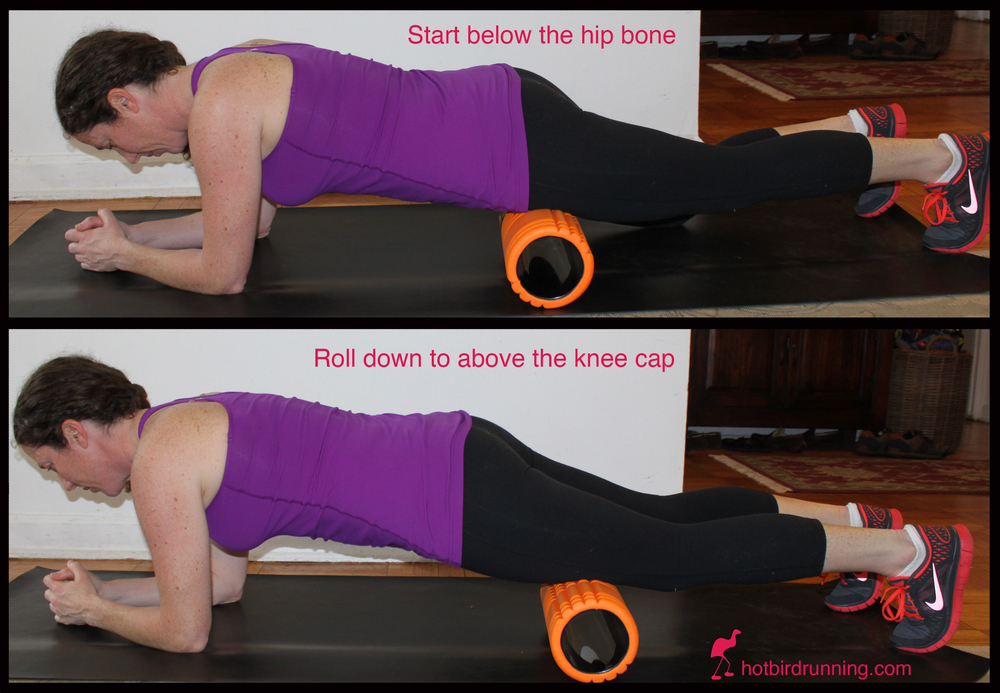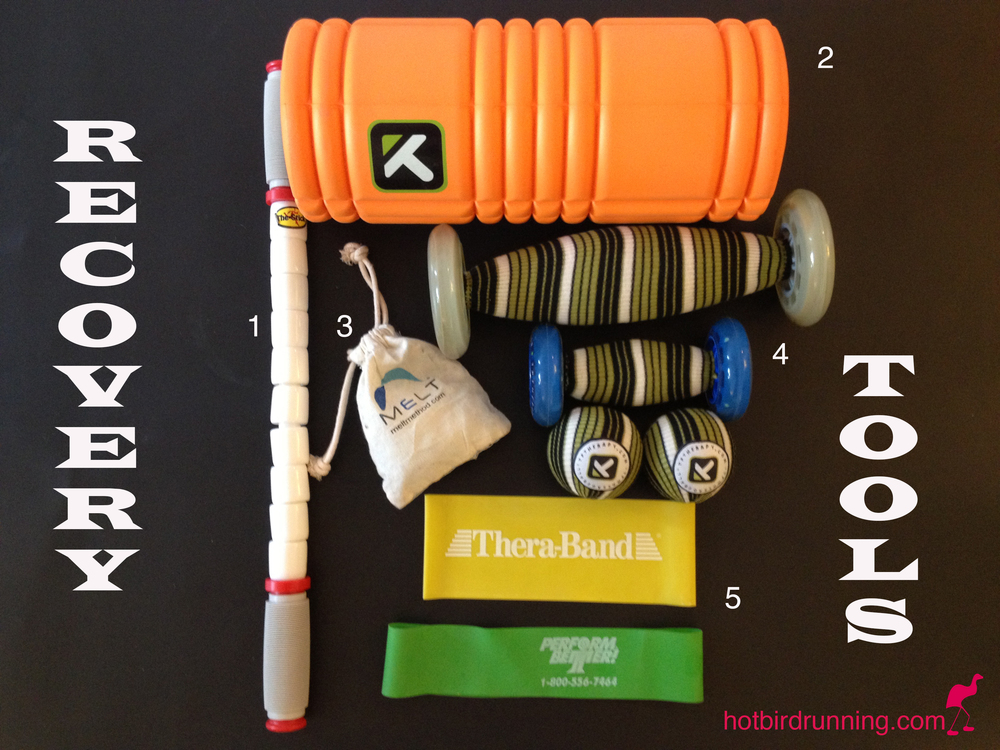Our Wellness Wednesday is back. Today Deacon, our favorite Ayurvedic practitioner, talks to us about recovery and what your body needs.
Hello Recovery,
Almost as important as our pre-run fueling is our post-run fueling. When we run, we lose minerals & vitamins through sweating, and our immune systems becomes weaker, as our bodies are repairing the tissues we’ve used during our activity. What to eat and how to refuel?
A good stand by are bananas. They are high in potassium, which regulates heart, kidney, nerves and digestive function. They are also high in Vitamin C and manganese, which helps to maintain normal blood sugar levels. From an Ayurvedic perspective, bananas can be a little tough to digest, especially if your digestive system has been weakened after your run.
Personally, I love to reach for cooked leafy greens – specifically spinach or kale. One of my favorite post-running fuel treats is steamed spinach on brown rice toast with a little olive oil lemon juice and sea salt (hear me out, I’ll get to the portable foods in just a sec).
Spinach is an amazing food for runners, because it’s completely loaded with fabulous nutrients, like Vitamins A, B6, B2, C, E, K, magnesium, foliate, manganese, iron, calcium, potassium, phosphorus, zinc, copper, selenium, niacin Omega 3’s and protein!
You can also use kale instead of spinach, and actually cook rice rather than use rice bread if you have the time.
Another one of my favorite post-run cooked treats is a smallish beet with a 3-minute egg mixed with a little olive oil and sea salt. Trust me, it tastes better than it sounds. Beets are high in foliate, manganese, potassium, magnesium, iron phosphorus and copper. Adding the egg adds protein, B2, 5, & 12 and Vitamin D, Omega 3’s.
If you like the idea of leafy greens, but think I’m insane if I think you have the time to make a meal after running, or if you want something after a race, I have two words for you: Kale chips. They are delicious, portable and nutritious. You can purchase kale chips at your local health food store or whole foods, or you can make your own from my recipe below. I like the ‘cheese’ flavor variety of kale chip - not to worry; the ‘cheese’ is actually nutritional yeast.
If you have a sweet tooth, however, may I suggest the humble date? Dates are loaded with potassium, magnesium, phosphorus, Vitamin A and foliate. They are a little high in sugar, so I would recommend mixing it up a little pumpkin & sunflower seeds and maybe a few almonds. The nuts and seeds provide protein, B1, B2, B6, Vitamin E, zinc, copper and iron.
Remember, hydrating is also very important after running. Try to avoid drinking iced-cold water. You may have heard that drinking iced water makes you loose weight by making the body work harder to maintain body temperature, but in reality, it brings your metabolism to a grinding halt. Imagine throwing iced water on a camp fire. Try drinking room temperature water, or even warm water if you can get your hands on it!
Enjoy the recipes for portable post-run snacks. I’ve also included my recipe for an Ayurvedic trail mix, so you can take the mix with you for a post run munch.
Cheesy Kale Chips
1 bunch curly kale
1 cup cashews (soaked for a couple hours)
1 red bell pepper, deseeded
Juice of half a lemon (2 tablespoons)
1/2 cup nutritional yeast
1 teaspoon sea salt (or to taste)
Remove the toughest parts of the kale steams, wash then tear the leaves into bite-size pieces. Place pieces in a large bowl
Cheesy coating:
Combine soaked cashews, bell pepper, lemon juice, nutritional yeast and sea salt in a blender or food processor and run for a minute or two until smooth.
Add the cheesy coating to your bowl of kale and massage it in with your hands.
Spread kale pieces on parchment paper on baking trays, and bake at 200 degrees until crispy, about 45 minutes (but again, all that matters is that they MUST be crunchy).
Trail Mix (makes 4 cups)
1 cup of Sunflower seeds
1 ½ cups raisins
½ cup dried apricots (chopped coarsely)
½ cup dried apples (chopped coarsely)
½ cups raw almonds (chopped coarsely)
¼ teaspoon of Cinnamon
1/8 teaspoon ground cardamom
Mix all ingredients in a large bowl with a spoon, and store in a cool dry place.
Deacon founded Daily Veda after working in Global Advertising for 16 yrs. He practices yoga, runs and promotes healthy living through natural eating and Ayurvedic medicine. His Veda Bars are AMAZING. Best tasting bar ever and you can pronounce all the ingredients! He’s a wealth of knowledge and fun.




